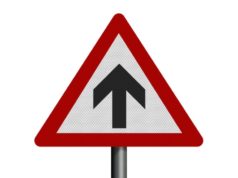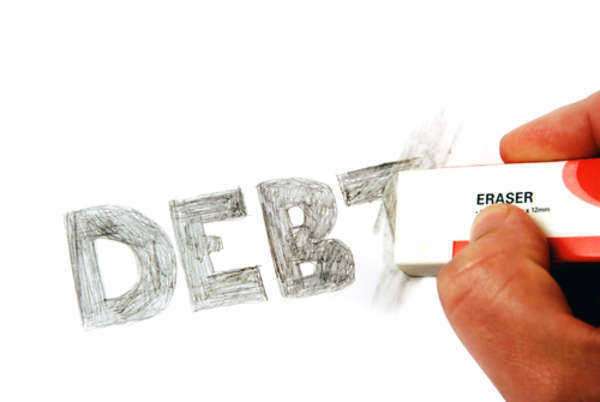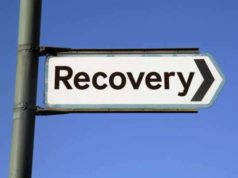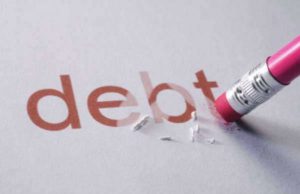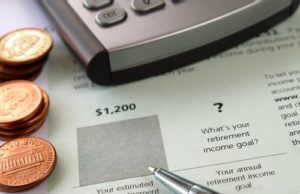
Quick Overview on How To Get Rid of Debt
Debt is an issue that plagues society, and getting rid of debt can seem like an impossible task for some. However, with the right mindset, strategy, and resources, it is possible to overcome debt and become financially stable.
In this article, we will provide a comprehensive guide on how to get rid of debt. We will include updated information from government resources and provide practical tips and advice on how to eliminate debt effectively.
Understanding Debt
Before we dive into how to get rid of debt, it is essential to understand what debt is and how it can affect your financial wellbeing. Debt is money that you owe to creditors, such as credit card companies, banks, or other financial institutions. It could be from a student loan, credit card balances, or a personal loan.
When you borrow money, you are expected to pay it back with interest over time. Interest is the fee that creditors charge for granting you the ability to borrow money. The longer it takes you to pay back the debt, the more interest will accrue, and the larger your debt will become.
Having too much debt can lead to financial stress, which can impact your life in many ways, such as:
– You may not be able to make your monthly payments on time, which can lead to additional fees and charges.
– You may not be able to obtain credit in the future, which can impact your ability to secure a mortgage or car loan.
– Your credit score may decrease, which can hinder your ability to obtain favorable interest rates on future loans or credit.
– You may feel overwhelmed and stressed, which can lead to anxiety and other health complications.
It is crucial to manage your debt responsibly, create a plan, and take action to eliminate it as soon as possible.
Creating a Plan to Eliminate Debt
To eliminate debt effectively, you need to have a plan in place. A debt elimination plan will help you stay on track, track your progress, and ensure that you are doing everything you can to reduce your debt.
Here are some steps to creating a plan to eliminate debt:
1. Determine Your Total Debt
The first step in creating a debt elimination plan is to determine how much debt you owe. This may seem simple, but it is essential to have an accurate understanding of your total debt. Make a list of all of your debts, including credit cards, loans, and other debts.
2. Prioritize Your Debts
Once you have a list of all of your debts, it’s important to prioritize them. Focus on paying off high-interest debts first because they have a significant impact on your finances. For instance, paying off a credit card balance at 20% interest is much more impactful than paying off a car loan at 5% interest.
3. Set Financial Goals
To create a successful debt elimination plan, you need to set realistic financial goals. These goals will help you stay motivated and remain focused on eliminating your debt. Start small and set attainable goals, such as paying off one credit card in three months or reducing your debt by $100 each month.
4. Create a Budget
A budget is an essential tool for anyone looking to eliminate their debt. It helps you track your expenses, manage your finances, and understand where your money is going. Creating a budget will also help you identify areas where you can reduce your spending and put more money toward paying off your debts.
5. Pay More Than the Minimum Payment
Paying the minimum balance on your debts may seem like a smart strategy, but it will only prolong your debt. You need to pay as much as you can toward your debts to reduce the interest charges and pay off the debt faster.
6. Consider Debt Consolidation
Debt consolidation involves taking out a new loan to pay off multiple debts. Consolidating debt can lower your interest rate, reduce your monthly payment, and simplify your finances. However, it is important to do your research and find a reputable lender before consolidating your debt.
Strategies to Eliminate Debt
Eliminating debt can be a challenging process, but with the right strategies, it is achievable. Here are some strategies to help you eliminate your debt:
1. Snowball Method
The snowball method involves paying off your debts from smallest to largest. Start by paying off the smallest balance first, then move on to the next smallest balance. As you pay off each balance, you gain momentum, and it becomes easier to pay off the larger balances. This method is helpful for those who need quick wins and motivation to continue with the debt elimination process.
2. Avalanche Method
The avalanche method involves paying off your debts from highest to lowest interest rate. Start by paying off the debt with the highest interest rate first, then move on to the next highest interest rate. This method can save you more money in the long run, but it may take longer to see any benefits.
3. Side Hustles
If you’re struggling to pay off your debts with your current income, consider taking on a side hustle. A side hustle is a way to earn extra money outside of your regular job. You can do things like freelance work, sell items online, or offer services like pet sitting or lawn care.
4. Negotiate with Creditors
Many people don’t realize that they can negotiate with their creditors to reduce their debt. Creditors may be willing to work with you if you are struggling to make your payments. Consider contacting your creditor and asking if they offer any hardship programs or if they would be willing to reduce your interest rate.
5. Avoid New Debt
To eliminate your debt successfully, you need to avoid new debt. Stop using credit cards if possible, and avoid taking out any new loans. It may be challenging to avoid accumulating new debt, but it is necessary to eliminate your current debt.
Government Resources
The government offers various resources and programs to help individuals manage and eliminate their debt. These resources can provide valuable information and guidance on how to overcome debt.
1. Consumer Financial Protection Bureau (CFPB)
The CFPB is a government agency that helps to educate and protect consumers from harmful financial practices. They offer resources on topics such as credit card management, debt collection, and student loan repayment.
2. Federal Trade Commission (FTC)
The FTC is a government agency that protects consumers from fraudulent and unfair business practices. They offer resources on topics such as credit and debt, identity theft, and scams.
3. Department of Education (DOE)
The DOE is a government agency that provides resources and information on federal student loans. They offer tools and guidance on repayment plans, forgiveness options, and consolidation of student loans.
Conclusion
Getting rid of debt can be challenging, but it is achievable with the right plan, strategy, and mindset. Remember to prioritize your debts, set realistic goals, create a budget, pay more than the minimum payment, and avoid new debt. Also, consider using government resources and programs to get additional support and guidance on eliminating your debt. With a little effort and discipline, you can take control of your finances, become debt-free, and enjoy financial stability.
Bankruptcy lawyers are the legal professionals that most individuals hire to help get out debt. To get rid of debt, an individual must develop a budget and a formalized payment plan with their debtors. Often times, the best means of getting out debt is to declare for bankruptcy. Although in many instances, this is a last resort, it is considered worthwhile and prudent for those individuals with mounting debt and a lack of income.
A bankruptcy lawyer will specialize in business laws and formalities associated with debt. To help their clients obtain financial relief, a bankruptcy lawyer will itemize the individual’s debt, and streamline their debt obligations through the creation of a fixed-payment plan. Bankruptcy lawyers will contact your creditors and through negotiation or a review of your financial statements will create a payment plan that must be followed to obtain financial relief.




